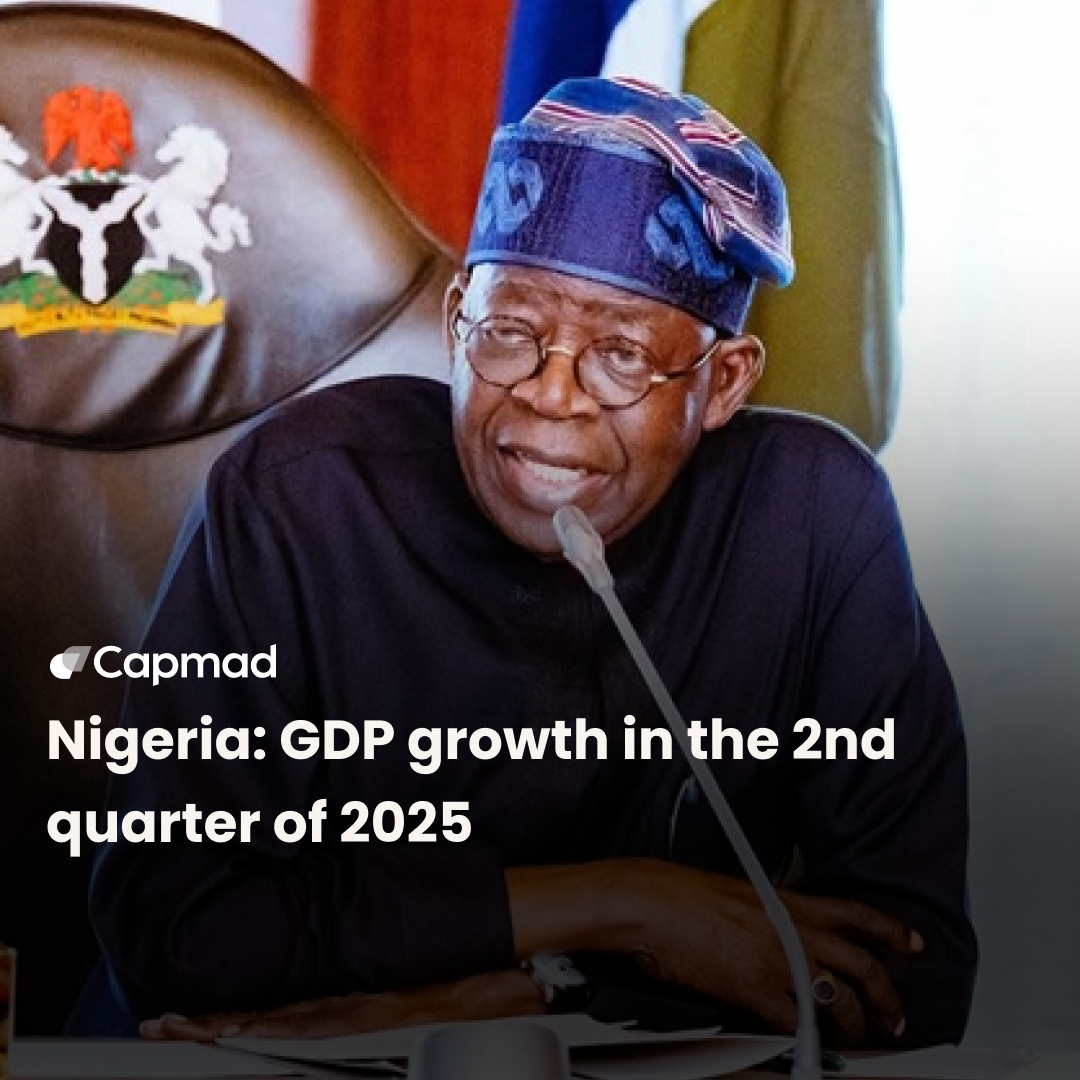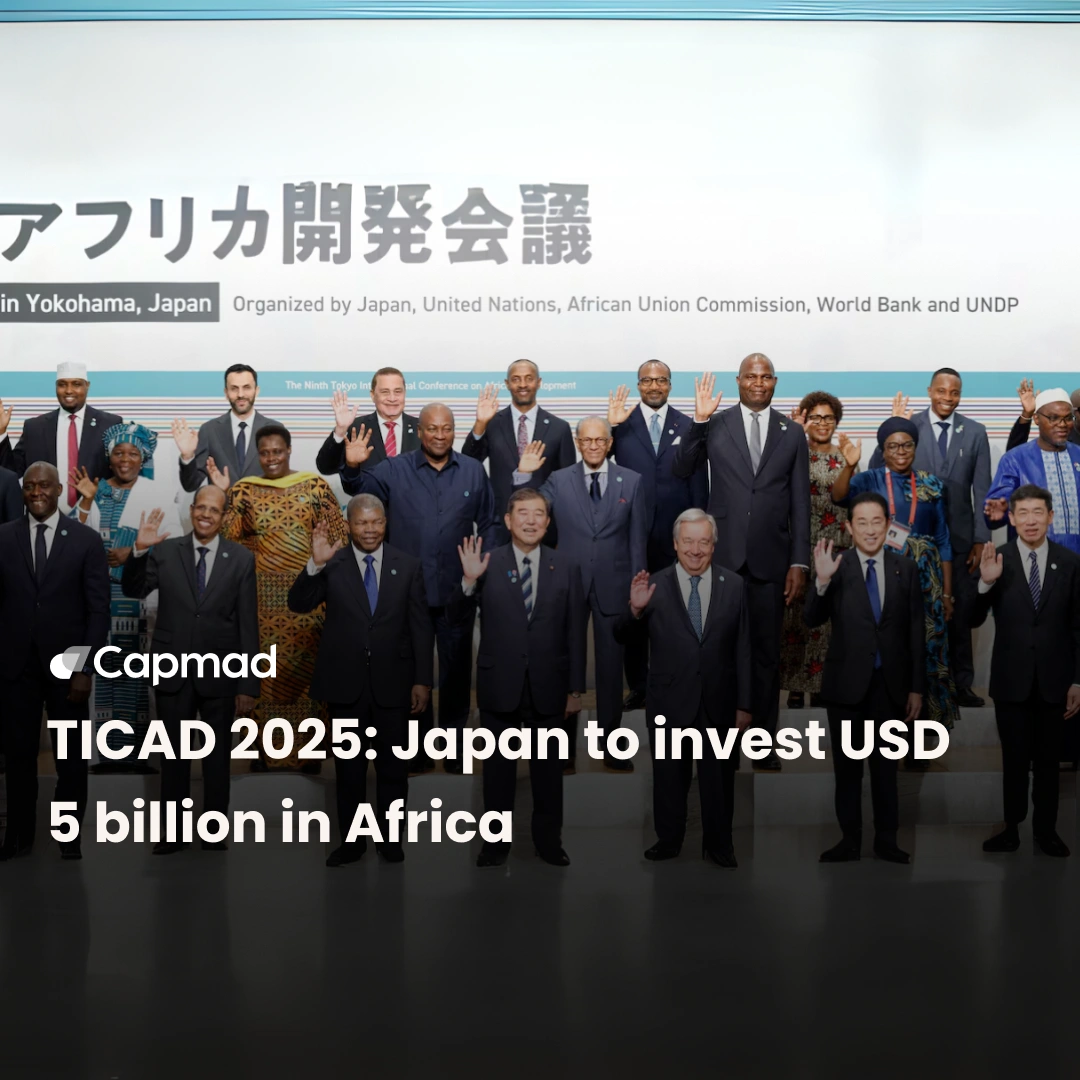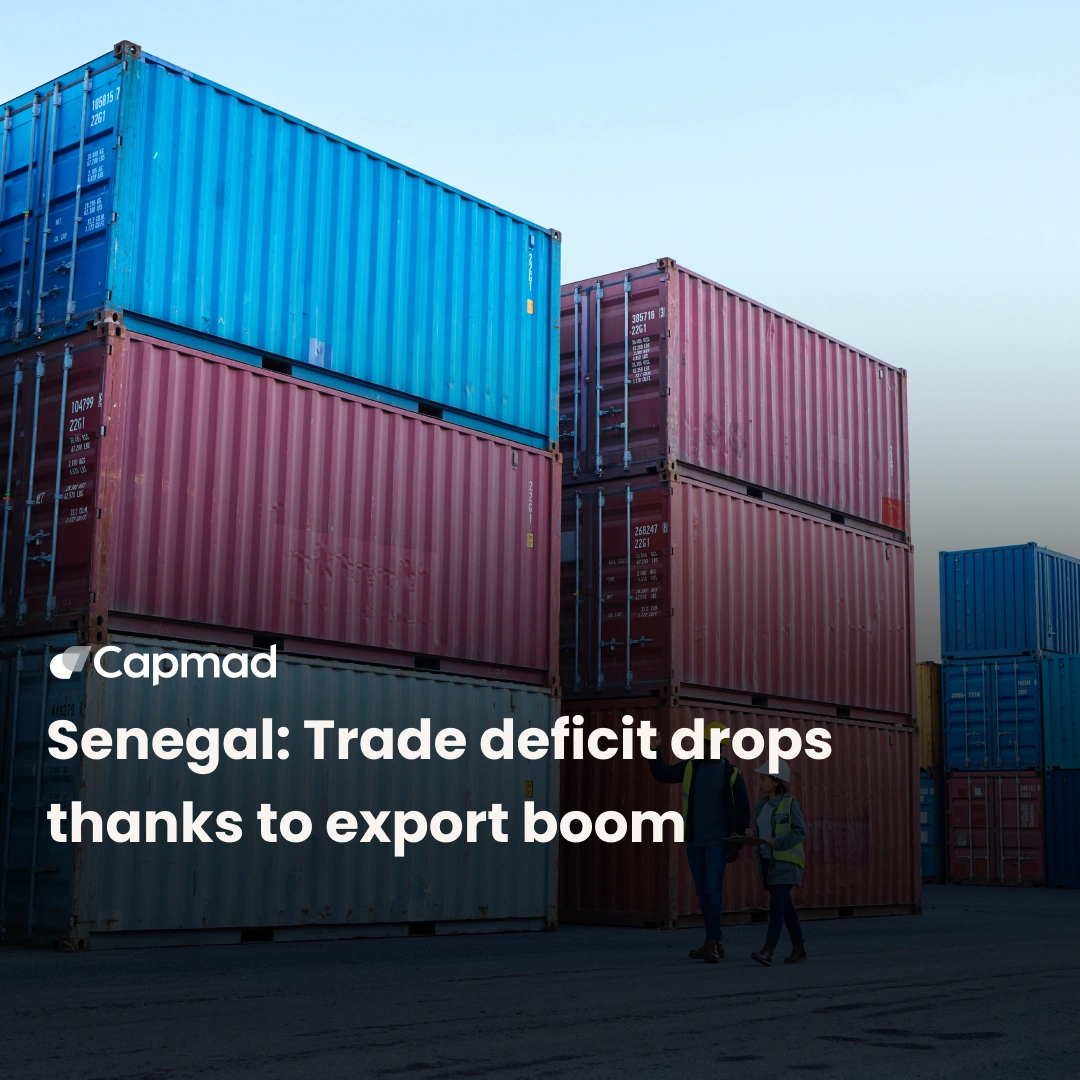Mozambique is facing an alarming financial crisis that threatens the stability of its economy. The financial rating agency S&P Global Ratings has just downgraded Mozambique’s long-term sovereign rating in local currency from “CCC-” to “SD.” This means that the country is now in a “selective” default situation and could only obtain financing on very expensive market terms. Reports indicate that the Mozambican Treasury is on the verge of bankruptcy. A situation that could have profound repercussions for the country’s population and economy.
Economic Context of Mozambique
Mozambique has long been considered a country with strong growth potential, thanks to its vast reserves of natural gas, coal, and other mineral resources. However, the country’s economic management has been marred by corruption scandals, non-transparent borrowing, and poor public financial management.
According to World Bank data, Mozambique’s GDP is expected to grow by 3.5% in 2024, but this growth is largely insufficient to address growing economic challenges.
The Current Crisis
The current situation of the Mozambican Treasury is the result of a combination of factors. On the one hand, the country has been hit by natural disasters, including cyclones and floods, which have severely affected agriculture, a key sector of the economy. On the other hand, the COVID-19 pandemic has exacerbated economic problems, leading to a decline in tax revenues and an increase in public spending to address the health crisis.
In March 2025, the Mozambican government announced that it was unable to meet its financial obligations. Public debt has reached alarming levels, exceeding 100% of GDP, according to estimates by the International Monetary Fund (IMF). International creditors are beginning to worry about the country’s ability to repay its debts, which could lead to default.
Key figures of the Mozambican economy
Public debt: In 2025, Mozambique’s public debt is estimated at approximately 30 billion USD, representing more than 100% of the country’s GDP. This situation is alarming, especially for a country whose resources are still largely untapped.
Poverty rate: According to the latest statistics, approximately 46% of the population lives below the poverty line, representing nearly 15 million people. The current financial crisis could exacerbate this situation, pushing even more families into poverty.
Inflation: Inflation in Mozambique has reached record levels, with an estimated rate of 15% in 2025. This price increase particularly affects basic consumer goods, making daily life increasingly difficult for Mozambicans.
Unemployment: The unemployment rate is also rising, reaching approximately 25% in 2025. Young people, who represent a significant portion of the population, are particularly affected, with the youth unemployment rate exceeding 30%.
Reactions and Consequences
The current situation has sparked strong reactions both nationally and internationally. Civil society organizations and trade unions are calling on the government to take immediate action to stabilize the economy and protect the most vulnerable. Demonstrations have taken place in several cities, with citizens demanding accountability for public financial management.
Internationally, the IMF and the World Bank have expressed concern about Mozambique’s economic situation. Discussions are underway to consider a financial rescue plan, but this could involve strict conditions, including economic reforms and greater transparency in public financial management.
International assistance to overcome this economic crisis
Mozambique’s economic future will depend on the government’s ability to implement significant reforms and restore investor confidence. The discovery of natural gas deposits in Cabo Delgado province offers a glimmer of hope, but their exploitation requires massive investment and prudent management.
Experts believe that Mozambique could benefit from international assistance to overcome this crisis. However, this will require a strong commitment from the government to combat corruption and improve transparency. According to forecasts, if adequate measures are taken, the country could return to moderate growth by 2026.
Mozambique is at a critical crossroads
The current crisis facing the Mozambican treasury is a call to action for the government and the international community. With unsustainable public debt, an alarming poverty rate, and soaring inflation, Mozambique is at a critical crossroads.
The decisions made in the coming months will be decisive for the country’s economic future and the well-being of its people. The road to stability will be fraught with challenges, but with appropriate reforms and international support, Mozambique could still achieve its potential.






